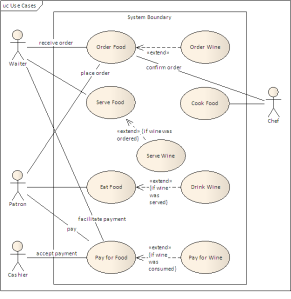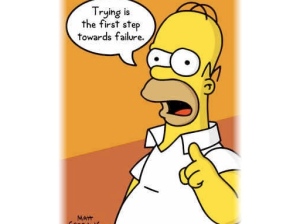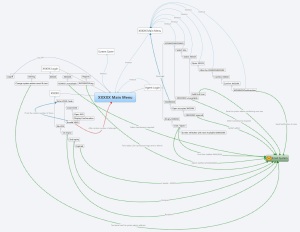{Disclaimer – this is a cross-posted article appearing both on the Triton-Tek blog and my personal blog Budding BA}
My job at Triton-Tek is not an easy one to define, but predominantly I am a Business Analyst and Project Manager on Agile web development projects, see my previous articles here and here. However there is one major project on which I have been working since day one that has required a lot of Quality Assurance (QA) support from me so that the developers get quick feedback on their work. This work as a QA, has been incredibly beneficial to me as a BA in crafting the requirements for the project. In an Agile environment, the approach is very much “just-in-time”, and the same applies to requirements gathering. We will have a set of stories for the release, and a plan for the current iteration, but the specific ins-and-outs of the stories are still very foggy. So as a BA I will add details to the stories as they come up, but often it is an iterative feedback loop that defines the requirement.
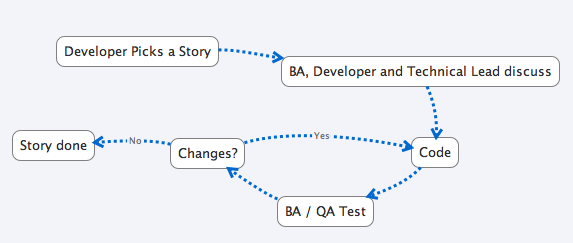
Because of this emphasis on QA in my role I started to read about how to do this in an Agile fashion, and the results are fascinating. The connection between the QA role and the BA/requirements role in Agile projects is very strong, and the Agile testing techniques I have learnt have helped my requirements analysis and definition as a result.
This mindset change starts with the “Agile Testing” book by Lisa Crispin and Janet Gregory. It is quite a large book, but very practical and describes in detail the daily hands-on role a tester must play on an Agile project. I will not review the book here, that is another post on its own, but I am adding the Agile Testing Quadrant below as it gives a good overview of the different areas of testing.
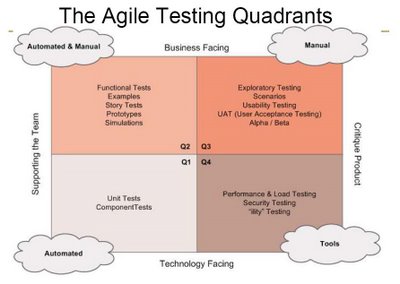
Essentially the book drills home the many different angles from which the product must be tested in order that you can be sure of as solid an end result as possible. Critically the developers must practice Test Driven Design (TDD) for this all to work. This is accomplished by starting with failing unit tests (because the functionality does not yet exist) and then coding the solution so that the tests now pass. So for example, they would start with a test titled “User can enter a username and password to login”, and then code the user login functionality so that the test passes. I learned of TDD upon starting at Triton-Tek and understand what its purpose was, however since reading this book my eyes have been opened to how the same approach can be used when gathering requirements, and how that can feed directly in to the code, simultaneously creating automated unit tests and setting the acceptance criteria for when a story can be considered “done”.
Now, before I continue, I want to stress that this is not a new discovery on my part, there is a community around Acceptance Test Driven Design and Behavior Driven Design (BDD) that talk about exactly this process. However, as a BA with no coding background, the personal progression in understanding of how this all ties together is one from which I think a lot of BA’s can benefit.
Going back to the quadrant above, the area we are focused on is Q2, the functional and story tests that can be automated. The book specifically talks about using the FitNesse tool to automate functional testing. This tool allows you to create understandable “business” phrases, using a certain format, that the developers can then take and use a fixture to directly test their code to make sure the functionality works as the business expected. The great thing about this approach is that it expands on the quickly jotted down acceptance criteria on a story card so that the developer is immediately presented with the list of tasks he or she needs to complete in order to call the story done.
From a BA perspective, this approach is hugely helpful. Since reading about FitNesse, I spoke with the team at Triton-Tek and Matt Hidinger recommended SpecFlow as that uses the more business and domain friendly BDD approach, building on the Cucumber syntax, and integrates easily with TFS and the .NET world in which we work. In BDD, the tests are created using the following syntax:
Given [condition]
When [action]
Then [result}
So an example would be:
Given the user has already registered
When the user enters the correct username and password on the login screen
Then the user will be logged in to the system
These “Given .. When .. Then” statements can then be used by the developer as the basis for their unit tests ensuring the functionality of the story meets the business / user requirements. This is a very simple, but powerful tool for a number of reasons critical to a BA’s work:
- The language is easy to understand, so it can form the basis of supporting requirements documentation.
- Anyone can write them, so you can pull in stakeholders and product owners to directly contribute.
- They encourage analytical and practical thinking about the requirement.
- Reduces the lost in translation problem of transferring business requirements to the developer.
So now with my BA hat on, when I am expanding on the requirements for a User Story, I can start walking through the many business rules, user scenarios and use cases using the “Given .. When .. Then” statements. This always end up uncovering hidden problems or complexities, that may not have been discovered until development had begun. It is also a fantastic way to keep the product owner or client representative involved, the statements are easy to understand so any business user can create them, meaning that they are setting their own acceptance criteria. This is very important in a consulting environment such as ours where any misunderstanding of what functionality a user story should actually achieve can have large monetary and client/contractor relationship ramifications.
Now with my QA hat on, the biggest bonus to this approach is that I have simultaneously created automated functional tests, and encouraged TDD behavior from the developers. This should allow me to focus on the more fuzzy (and in my opinion, interesting) exploratory and usability testing, which is where I can add the most value to the product and the team. Overall, everyone wins, and most importantly the requirements are delivered seamlessly from the business to the development team.
Resources on this topic:
- Agile Testing: A Practical Guide for Testers and Agile Teams by Lisa Crispin & Janet Gregory
- Lisa Crispin’s blog and follow her on Twitter @lisacrispin
- Brian Marick’s blog – an Agile tester and developer, strongly influenced Lisa Crispin
- Behavior Driven Design (BDD) – the original article by Dan North
- SpecFlow – the .NET BDD tool
- Cucumber – the language behind SpecFlow
- Acceptance Test Driven Development – also see the deck below
- Yahoo Agile Testing Group
